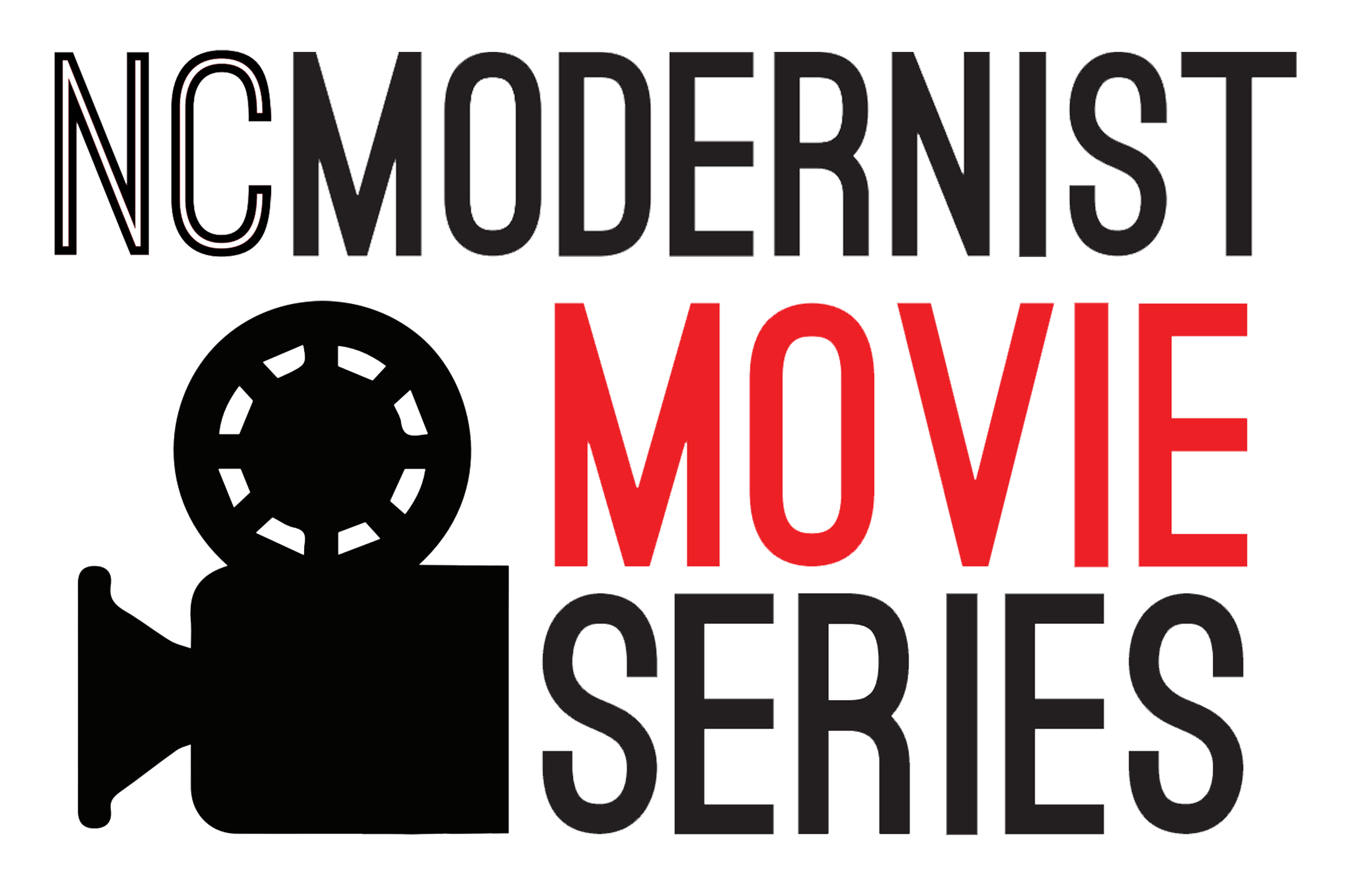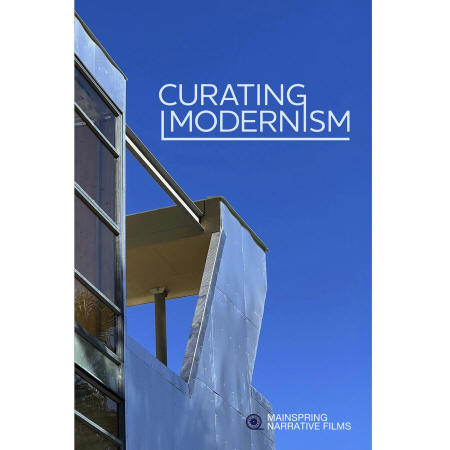 |
|
The NCModernist Architecture Movie Series celebrates 15 years of
bringing visually exciting
architecture documentaries to the Triangle. Our venue is
the cherished Rialto Theatre, a beloved
cultural landmark in Raleigh's Five Points neighborhood, retaining its vintage
charm and iconic marquee since 1942. This single-screen gem champions independent, foreign, and classic films offering a classy, intimate experience. Beyond cinema, the
recently revived venue hosts live music and community events,
standing as a testament to the city's rich history and vibrant
arts scene—a cherished spot for locals and visitors alike. The Rialto is
located at 1620 Glenwood Avenue.

Sponsored by insitustudio.us, Matt Griffith and Zach Hoffman.
Tickets are $16 per person (plus small fees) at the Rialto box office. Get advance tickets here.Doors open at 615pm, show at 7pm. Door prizes at every show!
January 6, 7pm
Opening Night Double Feature!
(75 minutes)
Making a Mountain: Bjarke Ingels

The unlikely making of CopenHill in Copenhagen, Denmark - how Bjarke Ingels built a ski slope everyone loves - on top of an incinerator no one really wanted. In 2011 Ingels won the architecture competition for a large waste-to-energy plant - and persuaded the client to put a ski slope on top. A camera followed the pvisionary project that combines waste management and infrastructure with spectacular architecture and a recreational urban space. Seriuosly, how do you even combine a waste-to-energy plant with a ski slope? How far is a property developer willing to go? And how much can an architect actually push through when all is said and done? You'll follow Ingels and the client from the popping of champagne corks through broken dreams about smoke rings to the first trip down the black slope.
Counterweight: The Gizmos of Tom Kundig

Seattle's Jim Olson, Tom Kundig, and the firm of Olson Kundig have been at the forefront of exciting Modernist houses, especially featuring kinetic design or gizmos. Behind these tactile inventions—from opening a wall with the turn of a wheel, to moving an entire building on train tracks—is the symbiotic partnership between Tom Kundig and the firm’s resident gizmologist, Phil Turner, who draws on a unique and varied background in fabrication and physical sciences to solve complex design challenges using simple machines, applying traditional engineering principles in modern, ingenious ways. Together, Tom and Phil have established an approach to kinetic architecture that keenly balances form and function, underscoring a culture of curiosity and collaboration that defines the firm’s practice. Revealing stories of innovation, experimentation, and creative evolution, Counterweight is a look back—and a look forward—into Olson Kundig’s kinetic portfolio, exploring the physical and visceral connections between buildings and the people who inhabit them. Q&A before the show with director Christian Sorensen.
February 3, 7pm: Prickly Mountain and My Design Build Life (75 minutes)


Directed by Allie Rood, the film
takes us to Warren, Vermont - a remarkable small town with more
architects and designers per capita than anywhere else in the
USA. Warren became an architect’s haven in the 1960s, when a
group of Yale-trained architects settled there, embracing
collaboration and hands-on craftsmanship over the corporate
world of their contemporaries. Rood grew up in this vibrant
environment and offers an insider’s perspective on a place where
design is not just a profession, but a way of life. The film
celebrates the freedom, spontaneity, and deep sense of
connection that come from choosing to live in a place that
privileges creativity. This is a story about community, values,
and the radical act of designing the way we live, work, and grow
together. Q&A before the show with producer Allie Rood.
March 3, 7pm: Googie (65 minutes)

Trailer TBA
Norm's, Shoney's, Howard Johnson's, Randy's Donuts and more! Googie architecture was one of the most visually exciting and culturally formative design movements of the mid-20th century, yet it remains one of the least understood. Characterized by bold angles, sweeping rooflines, and a futuristic optimism, these structures drew on both Modern and organic materials to create a sense of spectacle. Coffee shops, bowling alleys, car washes, banks, and even churches became architectural icons designed not just for function, but to catch the eye of people cruising by in their cars. Rooted in Los Angeles, California, Googie design was deeply influenced by masters such as Frank Lloyd Wright and John Lautner, whose visionary ideas filtered into the commercial landscape. The architectural firm Armet & Davis became especially renowned for creating some of the most iconic Googie coffee shops, where vibrant design helped define the social fabric of midcentury communities. Soon, examples of Googie spread beyond Southern California, shaping skylines and streetscapes across the United States. Though many original structures have been demolished, a passionate movement has emerged to preserve what remains.
April 7, 7pm: Curating Modernism (50 minutes)
Curating Modernism

May 5, 7pm: Double Feature: The Maslon House and The Donn of Tiki
The Maslon House (10 minutes)

This new film chronicles the life of the Maslon House, Richard Neutra’s residential masterpiece built in 1962 in Rancho MIrage, near Palm Springs, California. The house was commissioned by Luella and Sam Maslon, noted art collectors from Minneapolis, Minnesota. The Maslons secured a lot on the 12th fairway at Tamarisk Country Club. Neutra designed a quintessential modern home with a flat roof with long overhangs, floor-to-ceiling glass windows, and long gallery walls to house their significant collection. It was one of only three Neutra-designed homes in the Coachella Valley. In 2002, the house was destroyed by new owners, sparking international outrage and profoundly igniting preservation in the Palm Springs area for the future. Q&A before the show with producer Scott Goldstein.
The Donn of Tiki (100 minutes)

Come in your best Hawaiian shirt as we celebrate one of the most enjoyable artifacts of the mid-century era - the tiki bar and its creator, Donn Beach, also known as Don the Beachcomber -- but his story goes much deeper than that. He was an American maverick, constantly creating his own opportunities, reinventing himself many times over, and was well known for embellishing the details of his extraordinary life. Separating fact from exaggeration to finally tell his fascinating story: a youth spent in Jamaica, running rum during prohibition, hunting down cigars and liquor for troops in World War II, and bringing the first commercial lūau to Hawai‘i. Q&A before the show with producer Max Well. Tiki drinks will be available for sale in the bar!
